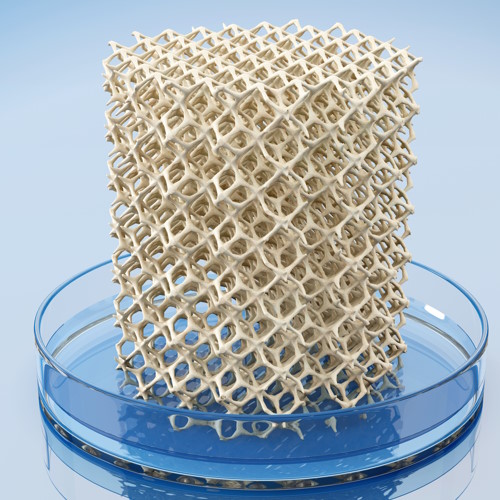Key points from article :
Human-like ears have been grown on the backs of mice using 3D printing.
Researchers injected a “bio-ink” made of hydrogel particles and cartilage cells into mice.
Then they shone ear-shaped patterns of near-infrared light onto the ink.
This caused hydrogel particles to stick together, develop layer-by-layer into ear-shaped structures.
After a month, cartilage cells grew around the hydrogel structures.
This resembles ear cartilage structures and team reported no side-effects.
The researchers hope the new technique could be used to construct new ears.
Helpful for people born with microtia, a condition that prevents proper ear development.
Researchers from Sichuan University, published in Science Advances.







